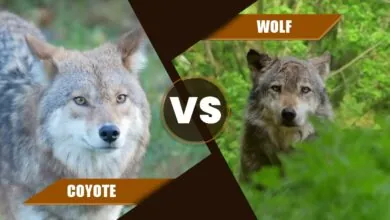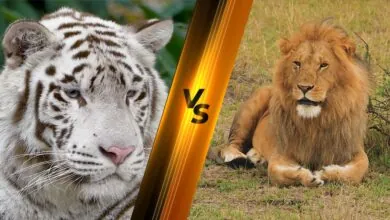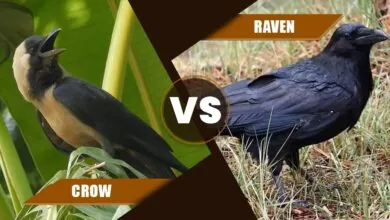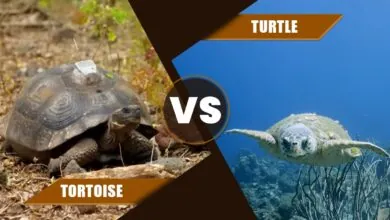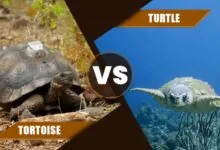Jaguar vs Leopard Showdown: Guess the Wild Winner in Real-time Game On!
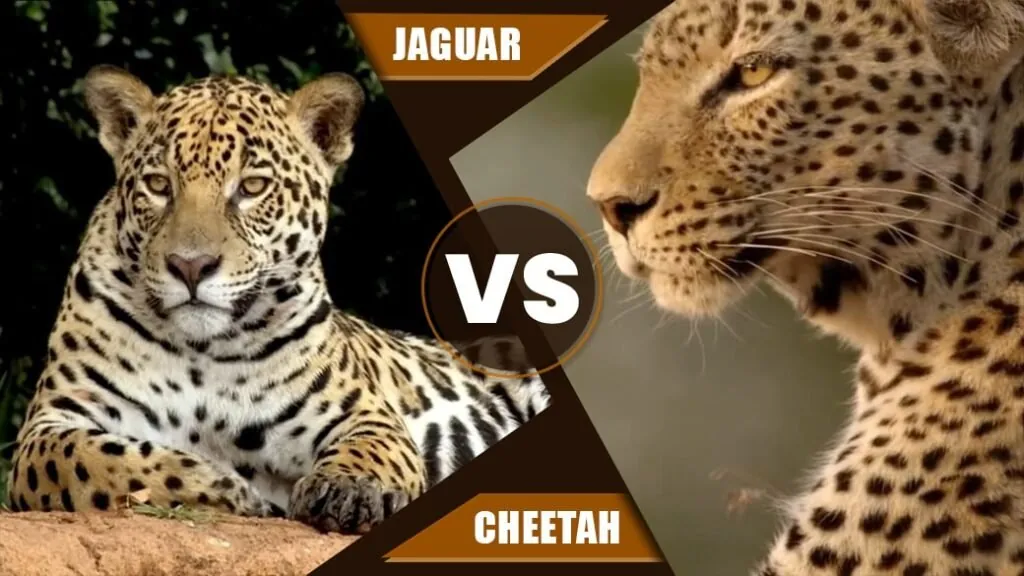
At the epicenter of the wild, where the shadows whisper the stories of strength and stealth, two spotted feline juggernauts hold court – jaguar and leopard. These big cats are far more than just being a symphony of spots; they are a study in endurance, a dance of supremacy in the untamed arenas they name home. Get ready to embark on an adventurous journey where we’ll spotlight the showdown named “jaguar vs leopard.” Without further ado, let’s hit the difference between jaguar and leopard.
| Attribute | Jaguar | Leopard |
|---|---|---|
| Scientific Name | Panthera onca | Panthera pardus |
| Number of Species | 1 | 9 |
| Height | Approximately 2.5 feet at the shoulder | 2 to 2.3 feet at the shoulder |
| Length | 6 to 7 feet (excluding tail) | 4 to 6.25 feet (excluding tail) |
| Weight | 100 to 250 pounds | 70 to 160 pounds |
| Top Speed | 40 to 50 mph | 36 to 58 mph |
| Habitat | Rainforests, grasslands, swamps, and scrub | Diverse habitats including savannas, forests, and mountains |
| Prey / Diet | Deer, capybaras, caimans, and various other mammals | Deer, wild boar, monkeys, and various other mammals |
| Bite Force | Powerful jaws with a bite force of about 1,500 to 2,000 psi | Strong jaws with a bite force of about 600 to 700 psi |
| Lifespan | 12 to 15 years in the wild | 12 to 17 years in the wild |
| Distinctive Feature | Compact and robust build, with a distinctive golden-yellow coat and dark rosettes | Rosetted coat with a lighter golden background |
| Conservation Status | Near Threatened | Vulnerable (status varies by subspecies) |
Cultural and Historical Significance
Ancient folklore and myths have woven tales of these big cats, showcasing them as emblems of stealth, strength and mystery. Jaguar, revered by the Mayans, outshines as an icon of strength and power. Contrarily, leopard’s conspicuousness in African folklore, interconnected with royalty and wisdom, highlights its historical importance.
Physical Characteristics
Jaguars, with a length of 5.5 to 6.5 feet, stand at 25 to 30 inches in height and weight between 100 to 250 pounds. On the other hand, leopards, relatively sleeker, measuring 19 to 24 inches in height, with 6 to 7 feet length, weigh 66 to 176 pounds.
Coat Color, Pattern
When it comes to the coat of jaguars, they feature golden-yellow coat with distinctive rosettes. Leopards, in contrast, exhibit a varied palette stretching from pale gold to tawny, embellished with smaller, densely packed rosettes.
Distinctive Features
Jaguars, though lack the lion’s mane, possess a robust build, underscoring their strength. What makes leopards more distinctive is their tear-shaped markings, boasting their camouflage in their respective habitats.
Habitat and Distribution
Natural Habitats
The particular habitat and distribution of both species are among the pivotal aspects to be spotlighted while pondering over jaguar vs leopard notion. Jaguars flourish in rainforests, grasslands and swamps across the Americas. Contrarily, leopards, adapt to varied environments, encompassing forests, savannas and mountains in Africa and Asia.
Range and Territories
In the Americas, jaguars cover an approximated 7 million square kilometers. Whereas leopards have a more stretched range, spanning 17 million square kilometers across Africa and Asia.
Behavior and Lifestyle
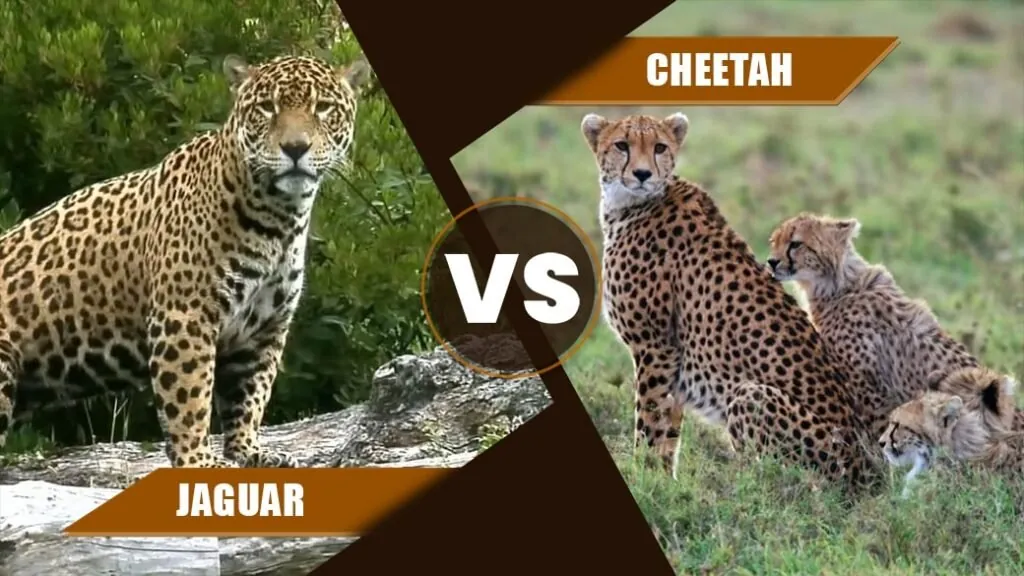
Social Behavior
In conjunction with the lifestyle of jaguars, they’re chiefly solitary. Leopards, on the flip side, portray a more adaptable social structure, once in a blue moon tolerating the presence of other leopards.
Hunting Techniques
With respect to the hunting techniques, both big cats are skilled hunters, with jaguars depending on their powerful bites and leopards stressing agility and stealth. Furthermore, jaguar are renowned for their swimming abilities, while leopards are adept climbers.
Diurnal vs. Nocturnal Activities
Jaguars are most often than not active in the course of the day, featuring diurnal tendencies. Leopards, being more mysterious, are prone to be nocturnal hunters.
Speed and Strength
When it comes to the bite force of jaguar, it ranges from 1,500 to 2,000 pounds per square inch (psi), emphasizing their ability to deliver lethal bites. These animals showcase a varied diet, exhibiting an inclination for aquatic prey such as fish, caimans and anacondas.
Leopards, contrarily, known for their agility and speed, are capable of reaching accelerations of 0 to 60 mph in just 3 seconds. The top speed of leopards is estimated to be around 36 to 58 mph.
Conservation Status
With respect to the conservation status of jaguars, these animals are classified as “Near Threatened,” with an approximated 64,000 remaining. Leopards, as per the IUCN Red List, are listed as “Vulnerable,” with around 150,000 individuals in the wild.
In Popular Culture
Box Office Revenues
Featuring jaguars and leopards, the statistical analysis of box office revenues provides insight into their fame. For instance, Disney’s “The Jungle Book” generated over $966 million worldwide, encompassing the widespread appeal of these big cats in cinema.
Viewership Statistics for Documentaries
Documentaries such as “Planet Earth” exhibiting jaguars and leopards have a hand in viewership statistics. For example, the premiere episode of “Planet Earth II” drew in over 9 million viewers in the U.S., underscoring the global fascination with these big cats.
Symbolic Meanings
Shedding light on “jaguar vs leopard” mystery, the symbolic meanings each carries is another point worth-pondering. Jaguar, an ancient emblem of Mayan mythology, signifies strength and divine power. In popular culture, it indicates untamed wilderness and mystery. Leopards, on the flip side, rooted deeply in African folklore, are icons of agility, royalty and cunning.
These comparative percentages are ballpark figures for a quick rundown and aren’t scientifically precise. Actual differences can fluctuate thanks to variables like species, environment and individual variations.
